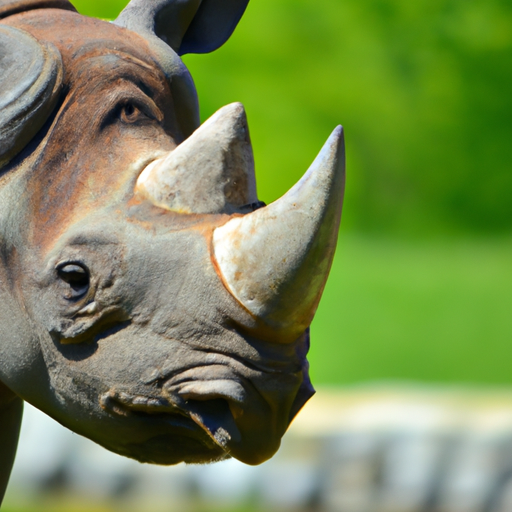 Introduction:
Introduction:
In the vast and diverse animal kingdom, leadership takes on various forms, captivating us with their incredible abilities and unique behaviors. From the fiercely protective lionesses to the cooperative ants and the wise elephant matriarchs, animals exhibit remarkable leadership qualities that often surpass our own human understanding. This article aims to explore the incredible world of animal leaders, shedding light on their intricate social structures, decision-making processes, and the fascinating traits that make them exceptional in their respective domains.
1. Lions – The Majestic Monarchs of the Savanna:
Lions (Panthera leo) are perhaps the most iconic and well-known animal leaders. Within their prides, typically consisting of several females, one or two dominant males lead the group. These males, known as pride males, protect their territory, lead hunting expeditions, and defend their pride against intruders. Lionesses, on the other hand, play a pivotal role in hunting, providing food for the entire group. Their social structure revolves around cooperation, with the females forming strong bonds that ensure the survival and prosperity of their pride.
2. Elephants – Wise Matriarchs of the Herd:
Elephants (Elephantidae family) are renowned for their intelligence and complex social structures. In a herd, which is predominantly composed of related females and their offspring, the oldest and most experienced female, known as the matriarch, assumes the role of a leader. Matriarchs guide their herds to water sources, navigate through challenging terrain, and make crucial decisions regarding their group’s safety. Their remarkable memory and knowledge of resources contribute to the survival and overall well-being of the entire herd.
3. Wolves – The Collaborative Pack:
Wolves (Canis lupus) exhibit a hierarchical social structure centered around a dominant breeding pair known as the alpha male and alpha female. These leaders guide the pack, making decisions about hunting strategies, territory defense, and reproduction. The pack exhibits a high level of cooperation, with individuals assisting in rearing and protecting the young, as well as hunting collectively to secure food for the entire group. Wolves’ leadership is characterized by their ability to maintain social stability and ensure the survival of their pack.
4. Bees – The Complex Society of Queen and Workers:
Honeybees (Apis mellifera) have an intricate social structure, with a queen bee serving as the leader of the colony. The queen’s primary role is to lay eggs and ensure the continuation of the hive. She is supported by a large number of worker bees, who undertake various tasks such as foraging, nursing larvae, and building and maintaining the hive. The worker bees’ collective efforts are orchestrated through intricate communication systems, allowing the colony to function as a highly efficient and organized unit.
5. Ants – The Power of Cooperation:
Ants (Formicidae family) are renowned for their astonishing teamwork and division of labor. Within an ant colony, there is a clear hierarchy, with the queen being the central figure. She is responsible for reproduction and ensuring the survival of the colony. The worker ants, on the other hand, take on various roles such as foraging, nursing, and defense. Through chemical communication and coordination, ants are able to carry out complex tasks, build elaborate nests, and protect their colonies from threats.
Conclusion:
The animal kingdom is a treasure trove of extraordinary leaders, each with their distinct leadership styles and strategies. From the magnificent lion pride, to the wise elephant matriarchs, and the cooperative wolves, bees, and ants, the animal world showcases remarkable examples of effective leadership. These leaders, driven by instincts and shaped by their environments, uphold the survival and prosperity of their groups, offering valuable insights into the intricacies of leadership in the natural world. By studying these fascinating creatures, we can gain a deeper understanding of leadership itself, and perhaps even draw inspiration for our own human endeavors.
